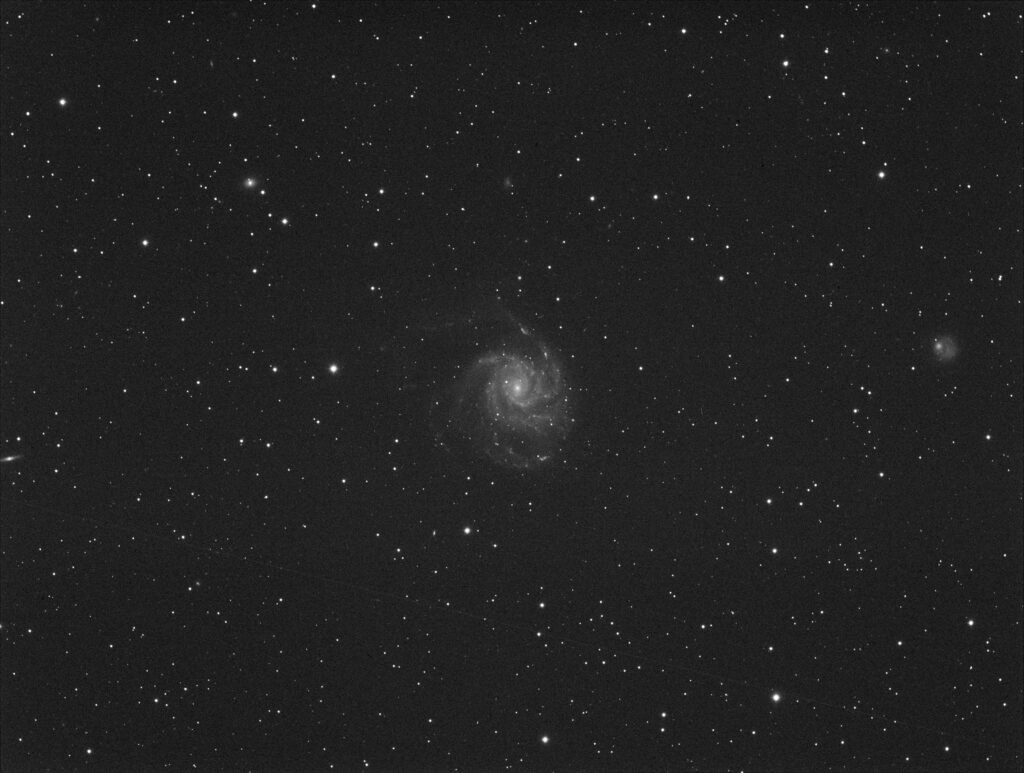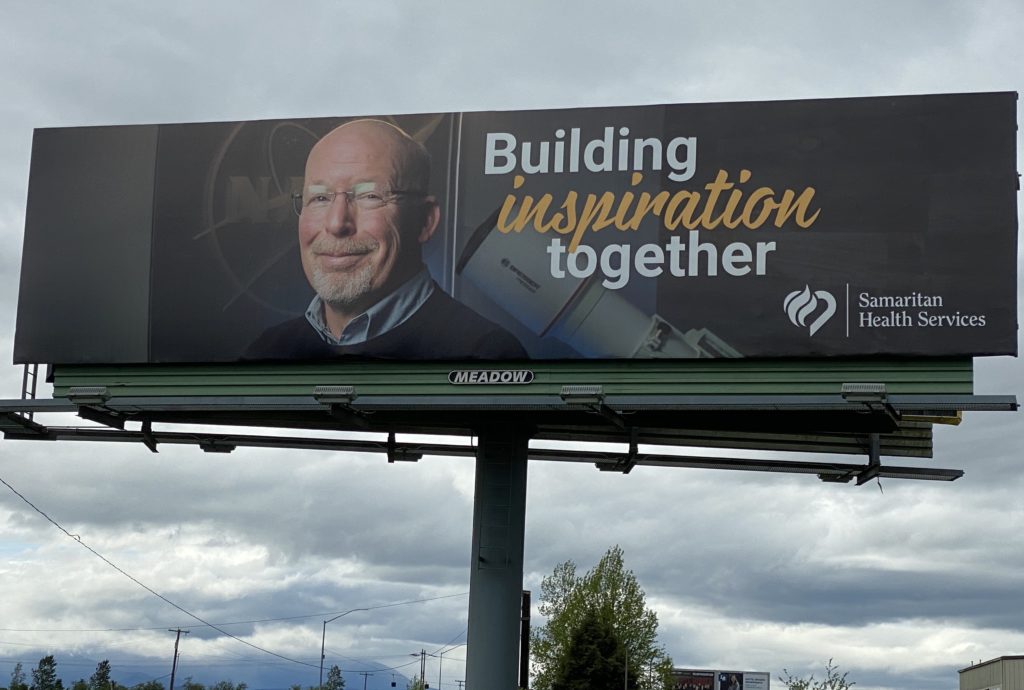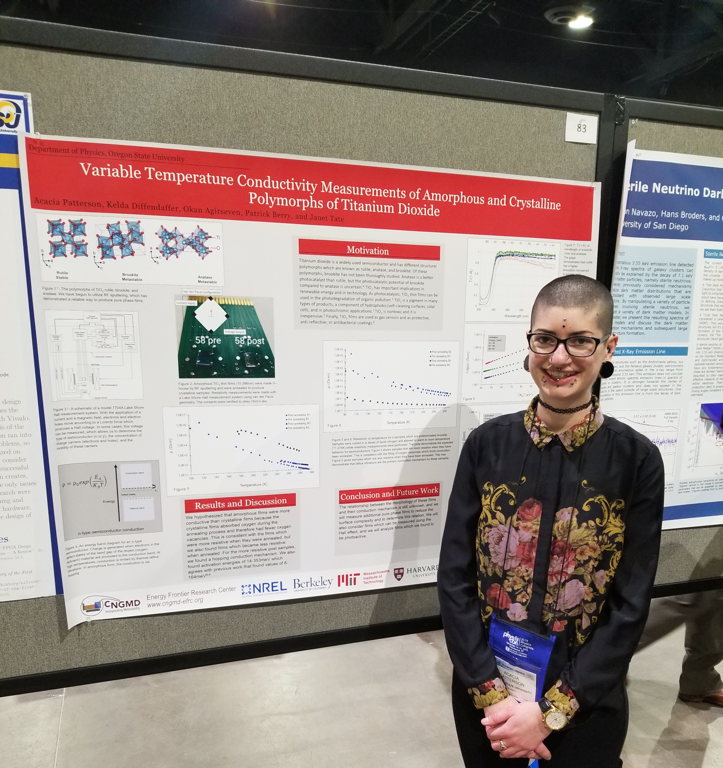Congratulations to Prof. Davide Lazzati , Head of Physics, who garnered the 2021 Impact Award for Outstanding Scholarship at OSU’s University Day Award ceremony on September 14th. Davide was cited for his ground-breaking work on gamma-ray bursts and neutron star mergers.

Davide and his co-workers were the first to correctly predict the electromagnetic signature of the binary neutron star merger GW170817, which was first detected through gravitational wave emission and faint gamma ray emission, then across the electromagnetic spectrum from optical to radio through various follow-up observations. This was the first event of its kind, and ushered in the era of “multi-messenger astronomy.” Lazzati & co. had laid the theoretical groundwork for this prediction over the years, most recently with two papers published before the observation of GW170817 [1,2].
After the observation of GW17081, he published the explanation for how a binary neutron star could result in the observations made. The puzzling part of the observation was that the gamma ray burst observed accompanying GW170817 was faint, and it was unclear how such faint emission could be used to associate GW170817 with a binary neutron star merger model for gamma ray bursts; the latter are observed to be very luminous and involve highly relativistic emission. Lazzati realized that a structured highly relativistic jet surrounded by slower and less energetic material produces afterglow emission that brightens characteristically with time, exactly as was observed in GW170817. Furthermore, he showed how to constrain the geometry of the jet and surrounding material using the observational data. This confirmed a single origin/explanation for short gamma ray bursts and binary neutron star mergers [3].
The nominators noted Davide’s impact not only on science, but also on students through his teaching and mentorship. His astrophysics research program draws many students. Two of his most successful graduate students are McNair Fellow Tyler Parsotan, who also received a NASA FINESST grant and is now a postdoc at NASA Goddard Space Flight Center in Maryland; and Black student leader, Isabel Rodriguez who graduated with an M. S. in Physics and received the Harriet “Hattie” Redmond Award for her groundbreaking work to improve diversity in Physics and beyond. He has also mentored over a dozen OSU undergraduate research dissertation projects and undergrads enthusiastically line up to join his research group.
The full list of award recipients is on the Awards Day website at https://universityday.oregonstate.edu/award-recipients.
[1] D. Lazzati, D. Lopez-Camara, M. Cantiello, B. J. Morsony, R. Perna, J. C. Workman, “Off-axis Prompt X-Ray Transients from the Cocoon of Short Gamma-Ray Bursts,” The Astrophysical Journal Letters, 848, L6 (2017) (https://arxiv.org/abs/1709.01468)
[2] D. Lazzati, A. Deich, B. J. Morsony, J. C. Workman, “Off-axis emission of short γ-ray bursts and the detectability of electromagnetic counterparts of gravitational-wave-detected binary mergers,” Monthly Notices of the Royal Astronomical Society, 471, 1652 (2017) (https://arxiv.org/abs/1610.01157)
[3] D. Lazzati, R. Perna, B. J. Morsony, D. Lopez-Camara, M. Cantiello, R. Ciolfi, B. Giacomazzo, J. C. Workman, “Late Time Afterglow Observations Reveal a Collimated Relativistic Jet in the Ejecta of the Binary Neutron Star Merger GW170817,” Physical Review Letters, 120, 241103 (2018) (https://arxiv.org/abs/1712.03237).










